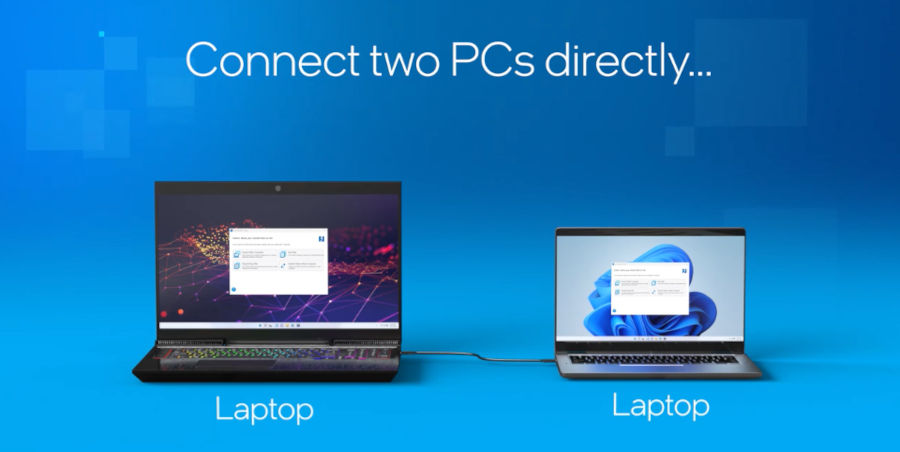
Thunderbolt Share: Revolutionizing Data Transfer and Connectivity
Exploring the Advantages of Thunderbolt 4 and 5 Over USB 4 Through Thunderbolt Share Innovation
NEWS Computer May 16, 2024 Reading time: 2 Minute(s)
Talking of data transfer and connectivity standards, Thunderbolt has long been recognized for its unparalleled speed and versatility. With the introduction of Thunderbolt 4 and the upcoming Thunderbolt 5, the standard continues to push boundaries, offering advancements that outshine competing standards like USB 4. The latest innovation in the Thunderbolt ecosystem, Thunderbolt Share, promises to further solidify its position as the go-to solution for high-speed data transfer and seamless connectivity.

One of the key distinctions between Thunderbolt 4 and USB 4 lies in the additional daisy-chaining flexibility offered by Thunderbolt, allowing for seamless connectivity of multiple peripherals with minimal cable clutter. Moreover, Thunderbolt 4 guarantees certain features that are optional with USB 4, ensuring a more consistent and reliable user experience. With Thunderbolt 5 poised to elevate bandwidth capabilities to unprecedented levels, Thunderbolt Share emerges as a formidable force, offering a significant advantage over USB 4.

Beyond data transfer, Thunderbolt Share enables seamless display mirroring between connected devices, unlocking new possibilities for multi-device workflows. Whether using a laptop as an external monitor for a desktop setup or collaborating on projects across multiple screens, Thunderbolt Share delivers unparalleled flexibility and convenience. While achieving optimal performance at 1080p resolution, Thunderbolt Share promises virtually latency-free connectivity, although higher resolutions may incur a slight reduction in frame rate.
IMAGES CREDITS: INTEL
Thunderbolt 4 Thunderbolt 5 USB 4 Thunderbolt Share Data Transfer Connectivity DaisyChaining Technology News RSMax
*Our pages may contain affiliate links. If you buy something via one of our affiliate links, Review Space may earn a commission. Thanks for your support!
CATEGORIES

























COMMENTS